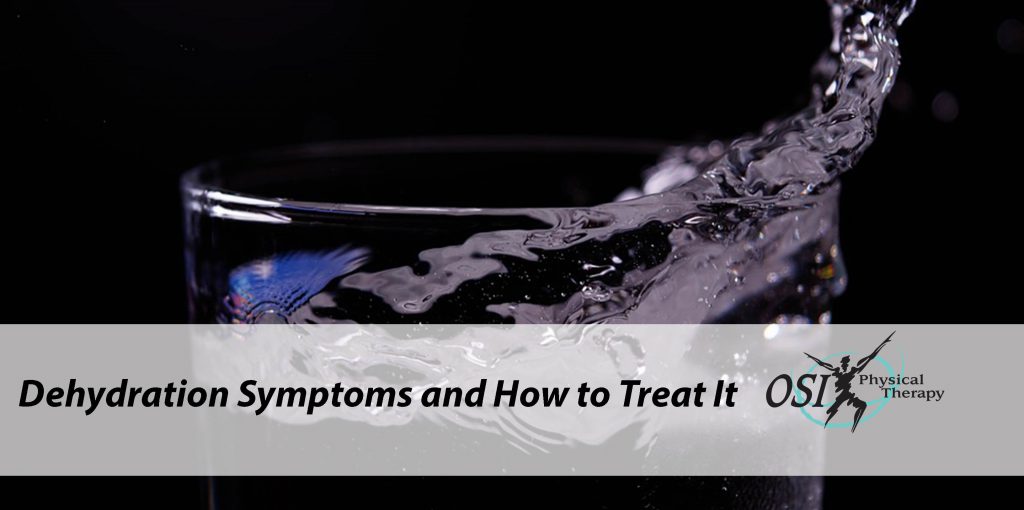
Fall and winter are two big seasons for sports and exercise. It’s extremely important to maintain proper levels of hydration during your workout/training. Dehydration can have severe consequences. Here are the signs and symptoms to keep an eye out for:
Dehydration is avoidable if you take certain precautions. Here’s what you can do!
Drink water throughout games, practices, or workouts. Before jumping into any physical activity, drink a bottle of water. Keep a bottle on hand during your workouts, games, or practices too. A good rule of thumb is to drink two cups of water for every 10 to 15 minutes of activity. After you’ve finished your activity, you’ll need to replenish your fluid loss. Drink 16 to 24 ounces of water to get rehydrated.
Choose to eat, not drink, your water by eating water-rich foods. If drinking a ton of water is difficult, try adding foods that contain a high percentage of water into your daily diet. Watermelon is 90% water and contains a ton of vitamins and minerals your body needs. Carrots, lettuce, citrus, apples and celery are all great watery foods too.
Replenish electrolytes with a sports drink. Gatorades are great drinks to help replenish the electrolytes lost during physical activity. Don’t confused them with energy drinks like Redbull or Monster. Make sure the sports drink does not contain a ton of sugars or caffeine. Sports drinks can help replenish your body with necessary minerals like sodium and potassium.
Staying hydrated is crucial. The amount of hydration you need can depend on the amount of physical activity you are doing and your health needs. Stay hydrated both on and off the field!
FREE PHONE CONSULTATION: (651) 275-4706